Recently (just this week, in fact), I came out publicly as non-binary. Given that our society is built upon the concept there is nothing but two binary genders (girl and boy) and that those genders almost always match someone’s genitals (vagina and penis, respectively), I spent a lot of time trying to figure out the least complicated way to explain my gender to people who may not be very knowledgeable on the subject. In doing this, I realized that there is very little information on this subject aimed towards people outside the queer community, and even less of it is presented in a way that is easily understood. So here is some gender graphics, followed by explanations of how they explain the gender spectrum!
(Note: I created many of these graphics in a not-so-great art program, so bear with me! Images taken from various websites are sourced appropriately and noted as not being mine.)
This is the standard and accepted concept of gender
There is male, and there is female. They do not connect or have any overlap, a person can be one or the other and that is all. Of course, we know this not to be true, but this is still a very popular view in western society. This graphic doesn't include any sort of non-binary person, so it's not very inclusive.
Another way to think about gender would be as a spectrum with male on one side and female on the other, like so:
This graphic is more inclusive, because it includes genders other than male and female, but still not the best. This graphic suggests that non-binary people must feel some pull towards the "male" side of the spectrum and that "genderqueer" individuals are closer to the "female" side. It makes it appear as if every gender is on a spectrum from male to female, while this is simply not so. Some people feel agender (not connected to any gender at all) or like a third, different gender entirely. That brings us to our next graphic...
Spectrum sets! These sets allow people to plot how closely the do or do not relate to a gender identity:
Individuals can mark how much or how little of a gender they feel. For example, a cisgendered female's spectrum might look like this:
While mine personally looks a bit more like this:
This graphic is better, but still not the best because it can make it hard for gender fluid people (folks who have a gender that shifts or changes) to explain themselves.
The following two graphics, while not absolutely perfect, are the best, most varied options in my opinion. First, there is this Venn Diagram:
(For clarity, the smaller portions are marked with colored stars and listed below)
BLACK STAR- Feminine agender fluid and/or uncertain, genderqueer
RED STAR- Genderfluid agender (emphasis on genderfluidity)
YELLOW STAR- Masculine agender fluid and/or uncertain, genderqueer
PURPLE STAR- Agender genderfluid (emphasis on agender identity)
WHITE STAR- Uncertain and/or all
If someone identified as a third gender that isn't depicted, they would be outside the Venn diagram
(Venn diagram graphic from here, original graphic here, remade for clarity)
Another very popular and inclusive graphic of gender identities is the color wheel model.
(Original here)
This model shows how diverse gender can be, and how there can be subtle variations from person to person. People can mark multiple spots, draw arrows, and identify colors that they connect with.
There are a variety of gender graphics to be found, if you know where to look online. I've listed some of the more popular ones, but if you don't connect with any of them, that's okay! Find another, make your own, do whatever you have to to express yourself!
These graphics can help people who are binary genders relate and understand non-binary genders a bit more, but here is something to keep in mind. No person owes you an explanation on their gender. If someone wants to explain their gender, they will find a way, but it is not your place to try and force them no matter what the nature of your relationship is. Queer individuals do not need to justify their existence in this heterocisnormative world for the comfort of others. The first step to creating equality is to create visibility and acknowledge that these genders exist and are completely valid.
Remember, no matter how you identify, no matter how simple or complex it is, you are valid. Always.




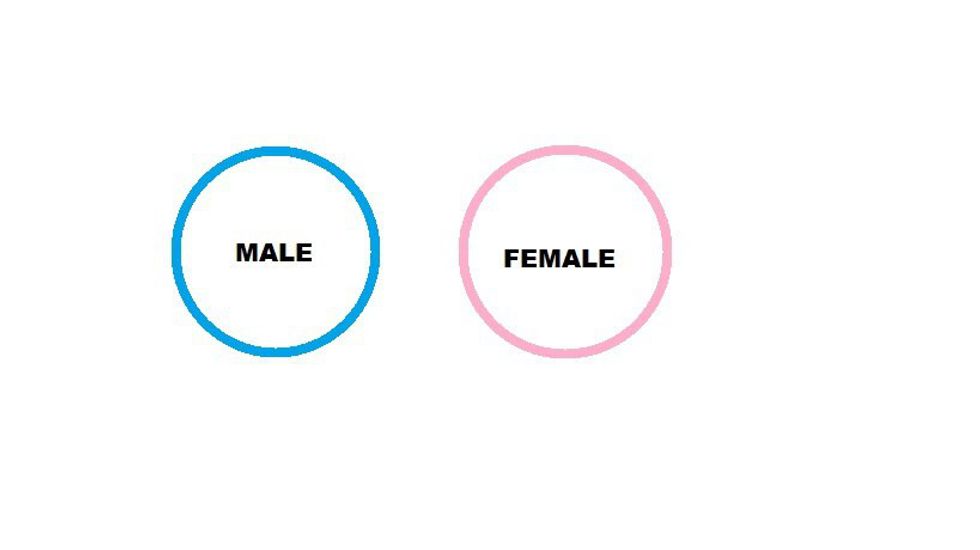
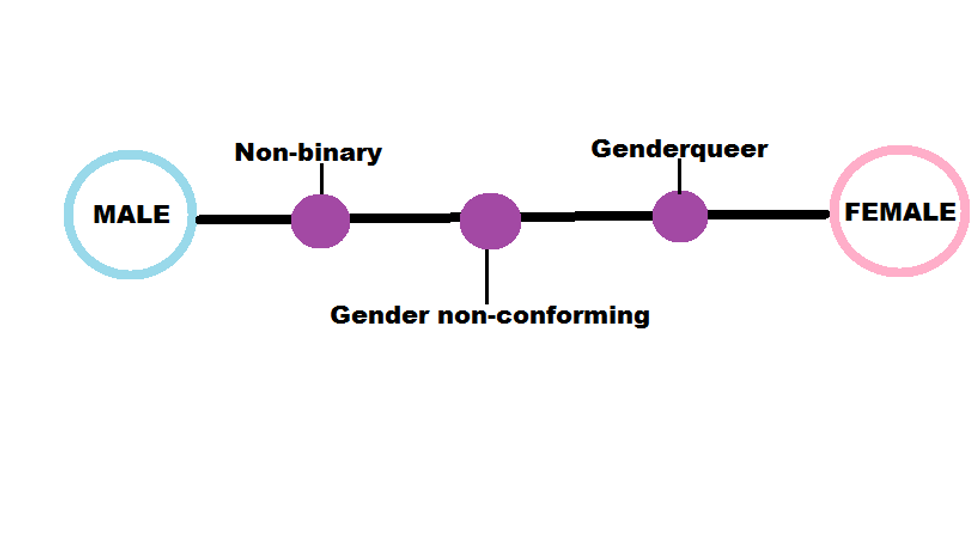
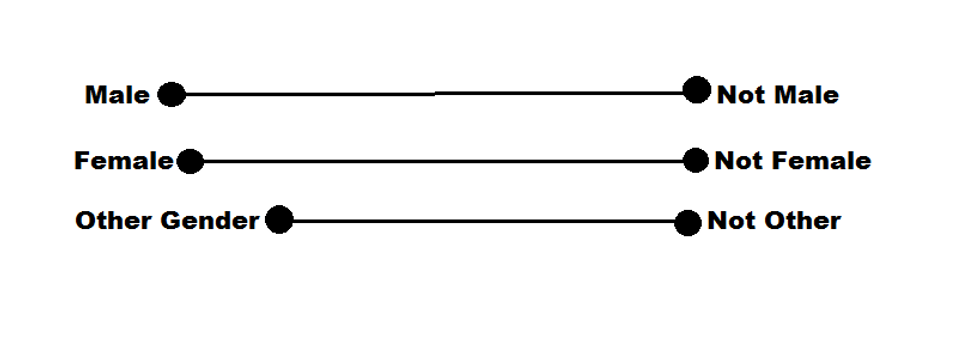
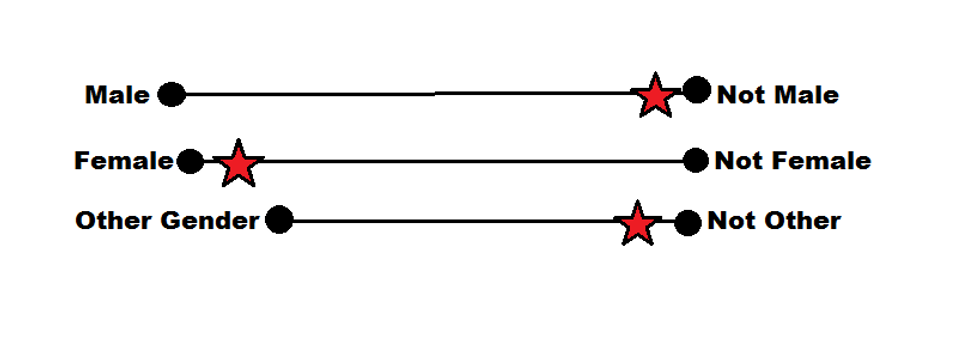
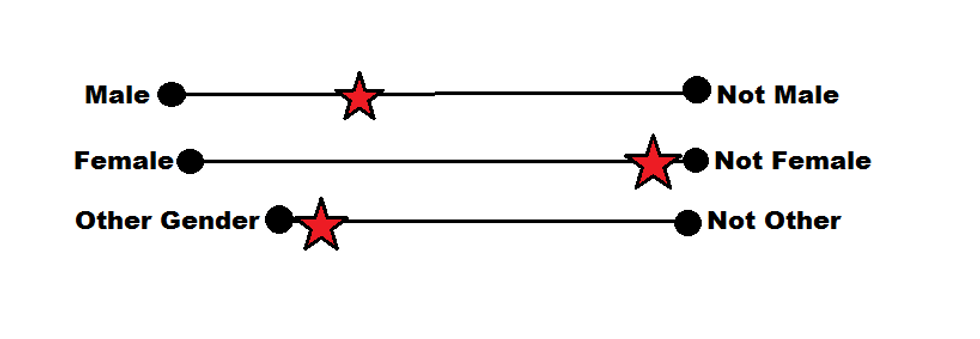
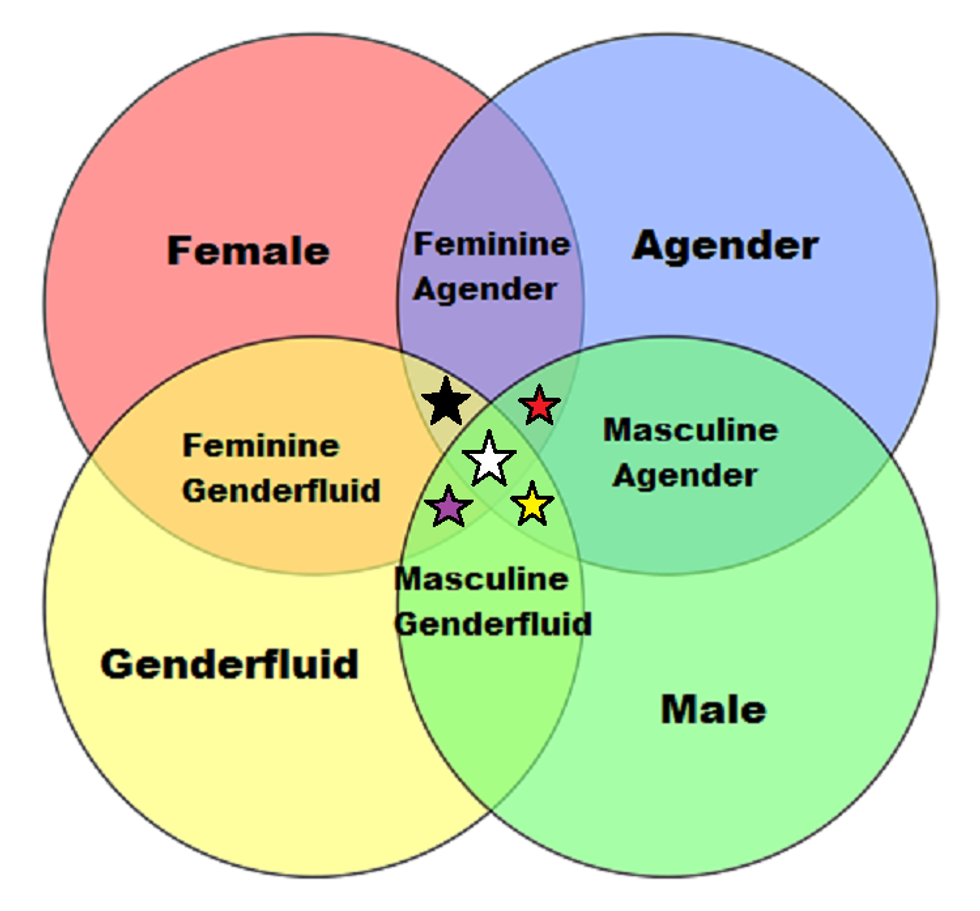
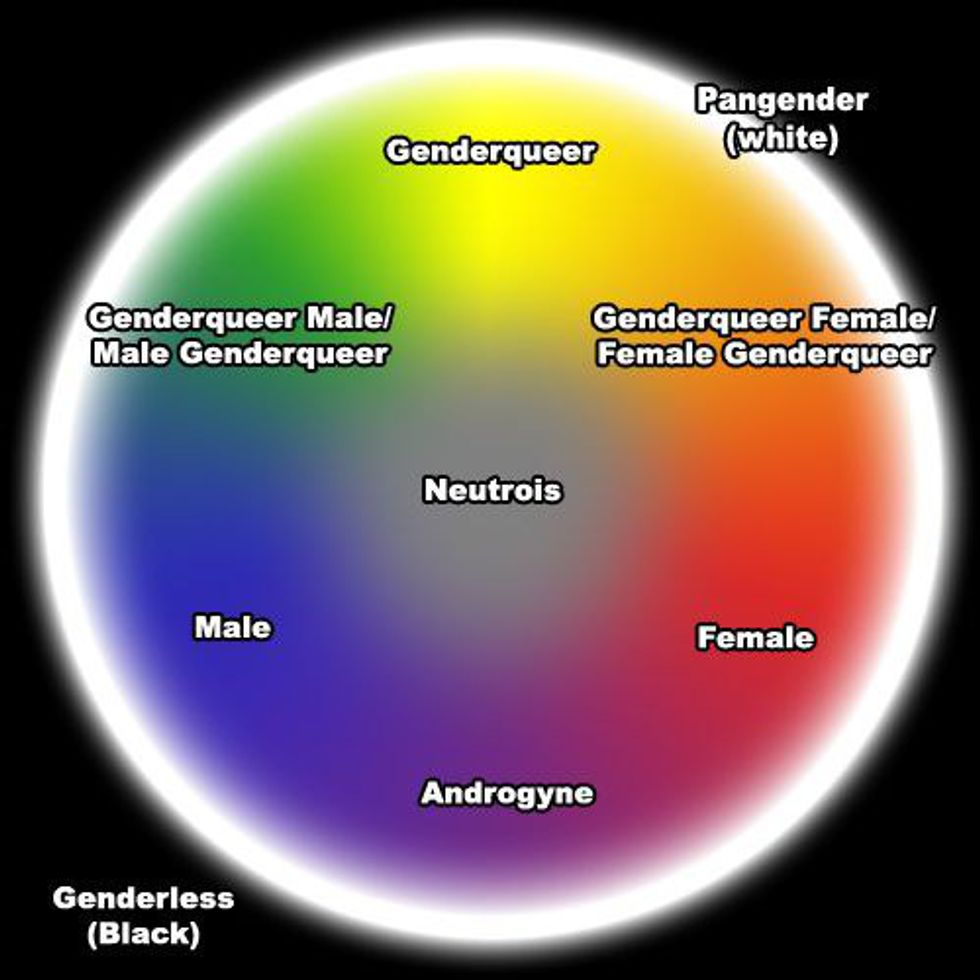


 man running in forestPhoto by
man running in forestPhoto by 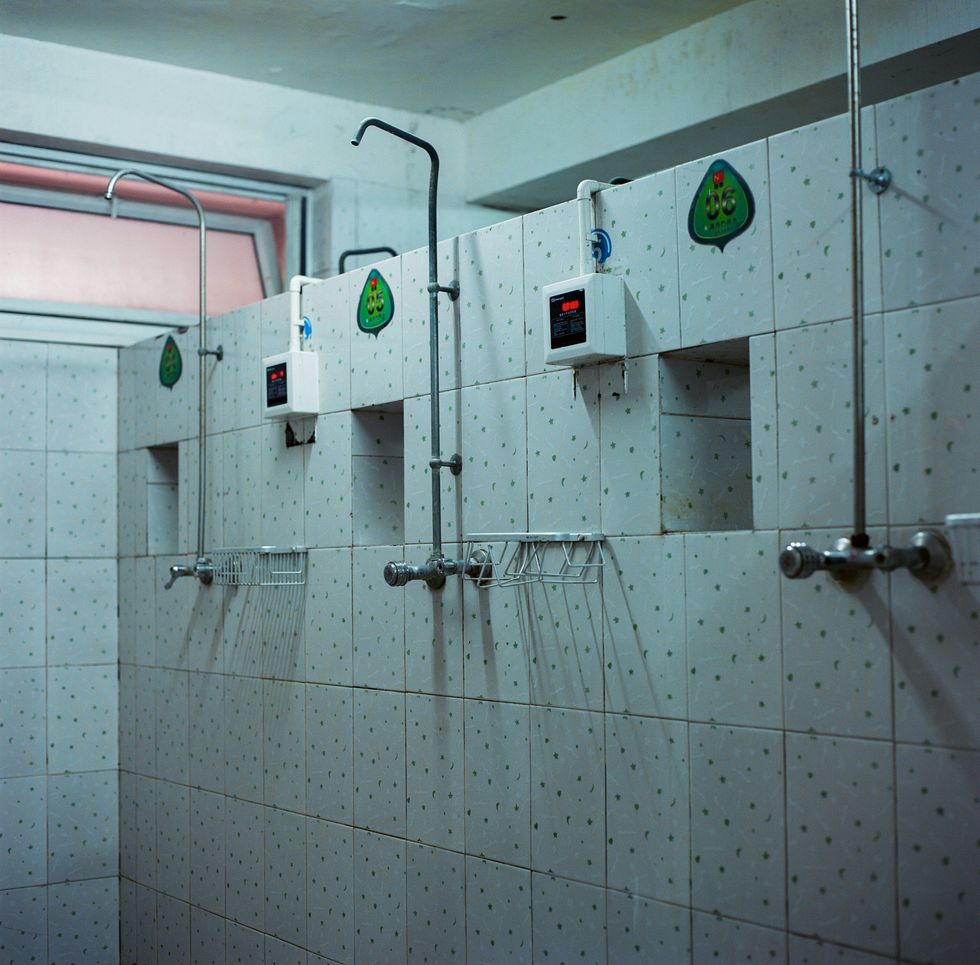
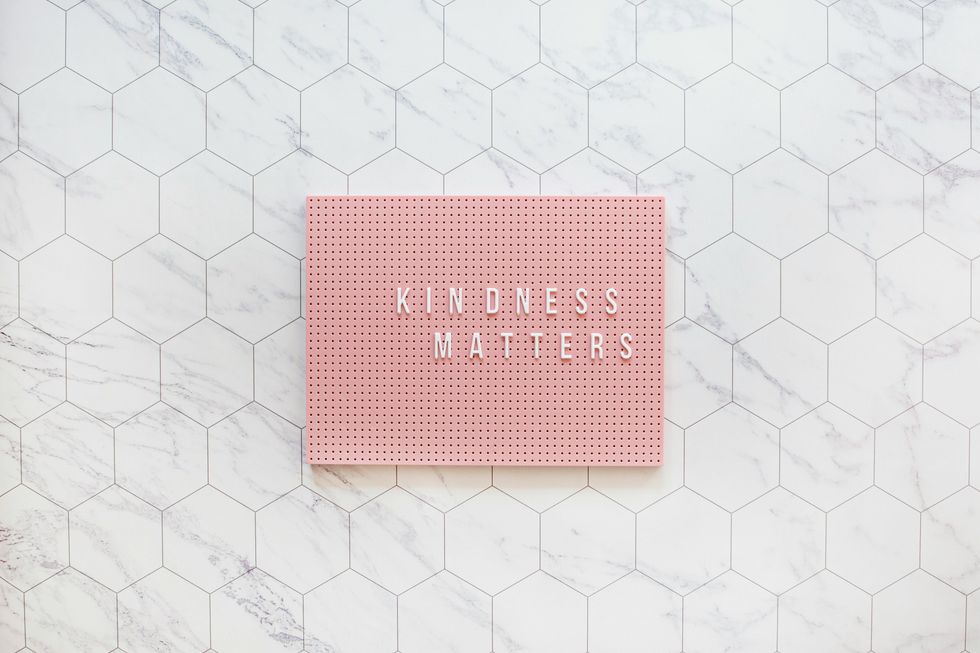

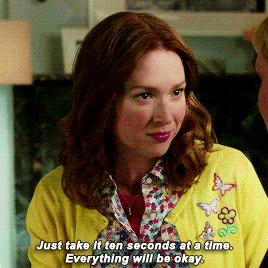


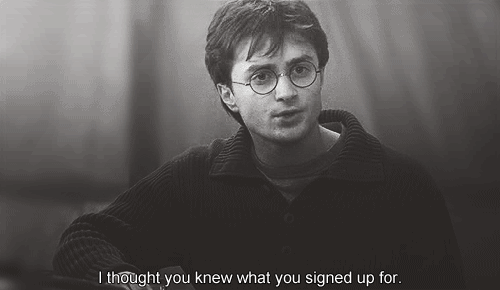 "I thought you knew what you signed up for."
"I thought you knew what you signed up for."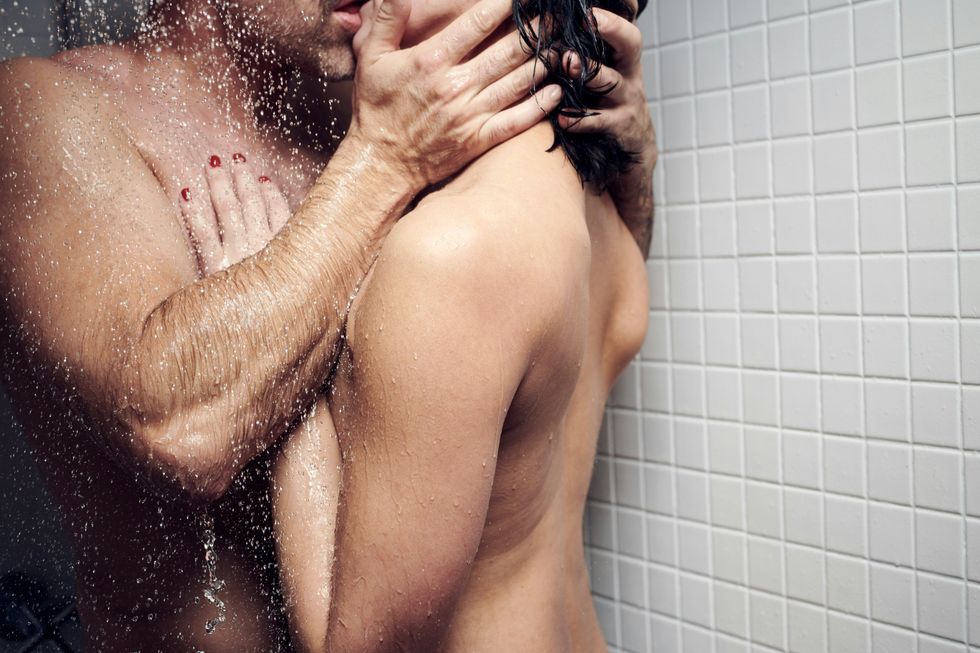 man and woman in bathtub
Photo by
man and woman in bathtub
Photo by  four women sitting on black steel bench during daytime
Photo by
four women sitting on black steel bench during daytime
Photo by  Uber app ready to ride on a smartphone.
Photo by
Uber app ready to ride on a smartphone.
Photo by 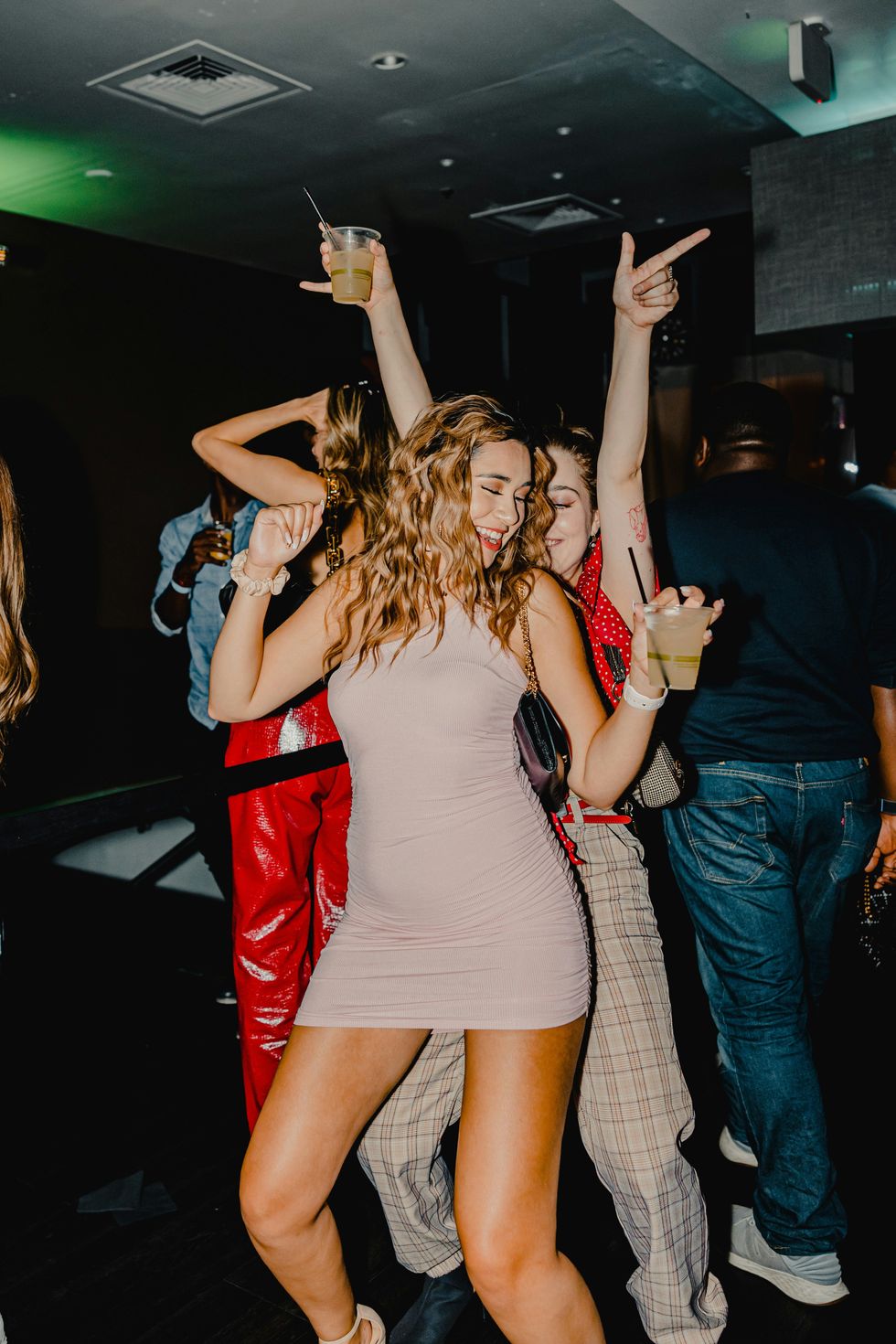 woman in red tank top and blue denim shorts standing beside woman in black tank top
Photo by
woman in red tank top and blue denim shorts standing beside woman in black tank top
Photo by 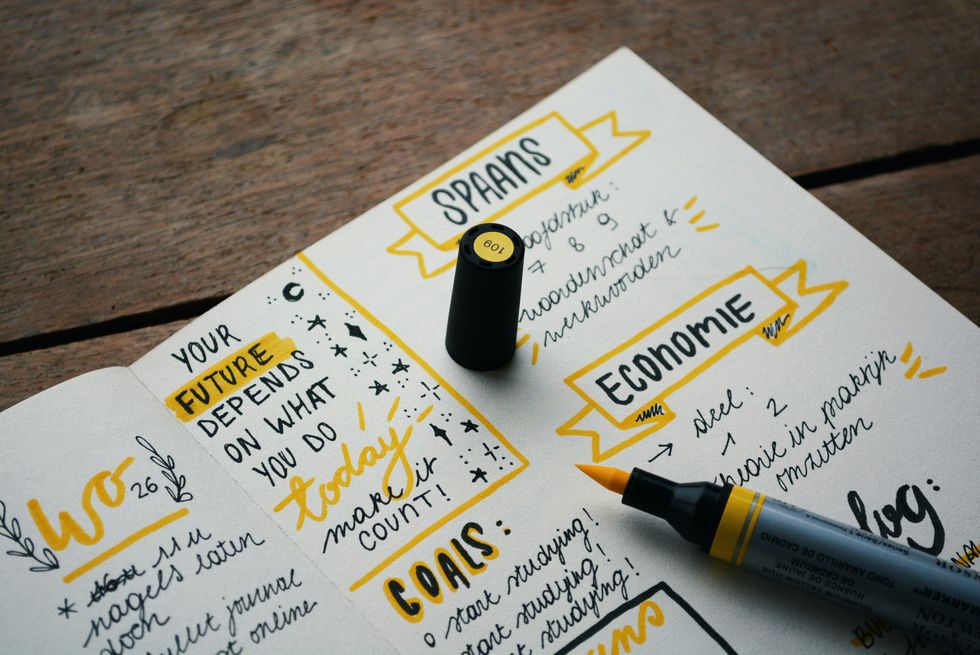 blue marker on white printer paper
Photo by
blue marker on white printer paper
Photo by  welcome signage on focus photography
Photo by
welcome signage on focus photography
Photo by 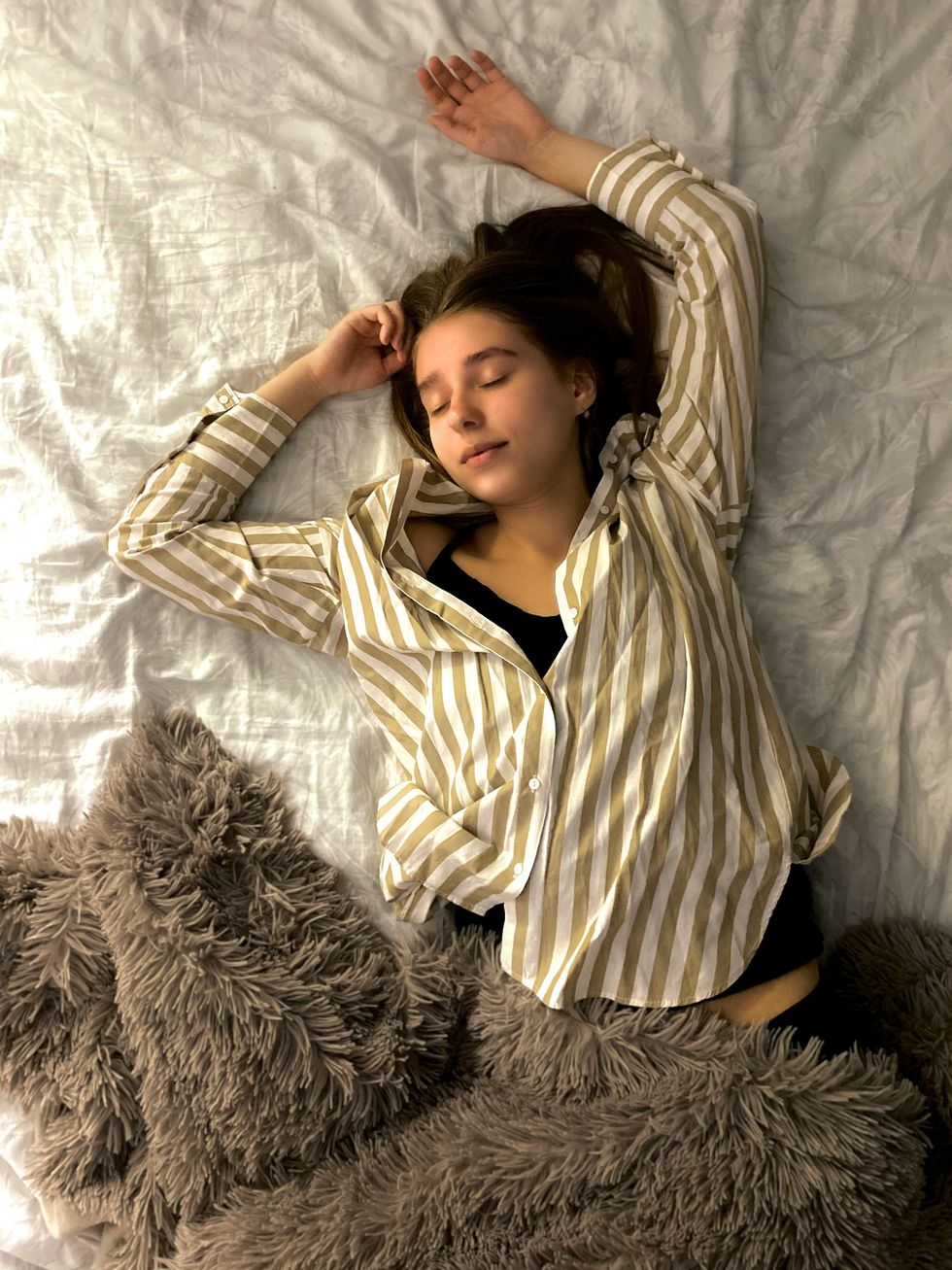 woman in white and black striped long sleeve shirt lying on bed
Photo by
woman in white and black striped long sleeve shirt lying on bed
Photo by 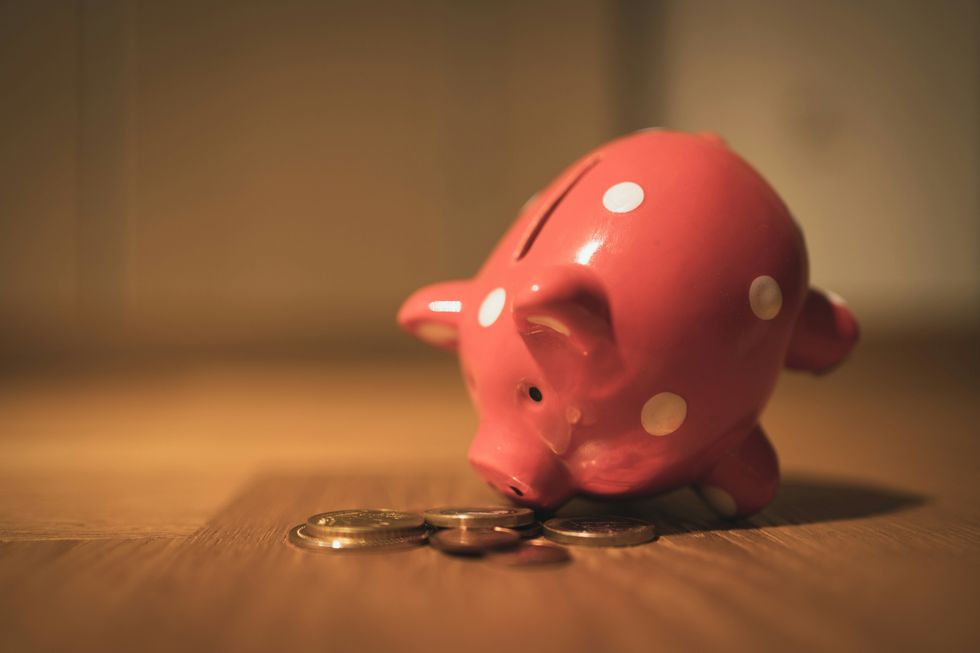 pink pig coin bank on brown wooden table
Photo by
pink pig coin bank on brown wooden table
Photo by 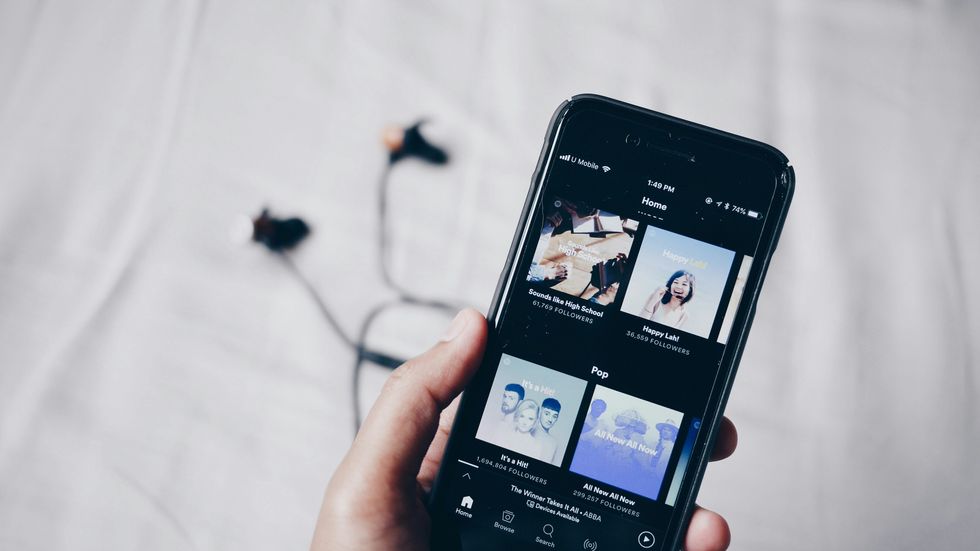 person holding iPhone 6 turned on
Photo by
person holding iPhone 6 turned on
Photo by  person holding pencil near laptop computer
Photo by
person holding pencil near laptop computer
Photo by  person slicing vegetable
Photo by
person slicing vegetable
Photo by 
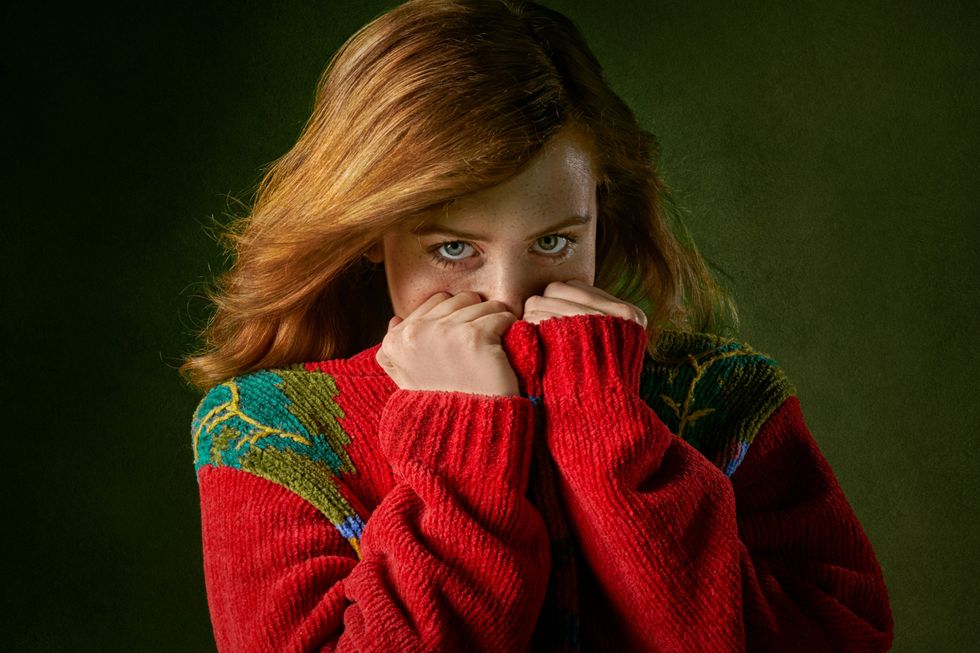 woman covering mouth with sweater
Photo by
woman covering mouth with sweater
Photo by 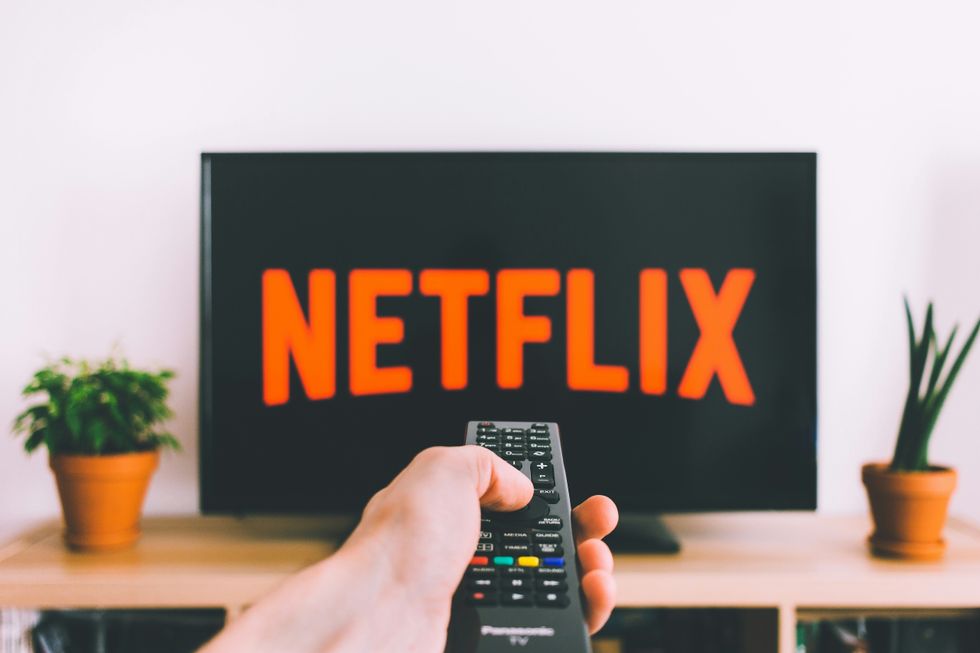 person holding remote pointing at TV
Photo by
person holding remote pointing at TV
Photo by  a woman with her arms raised in a crowd of people
Photo by
a woman with her arms raised in a crowd of people
Photo by  "Shocked disbelief: '95% of the population is undateable?'"
"Shocked disbelief: '95% of the population is undateable?'"








